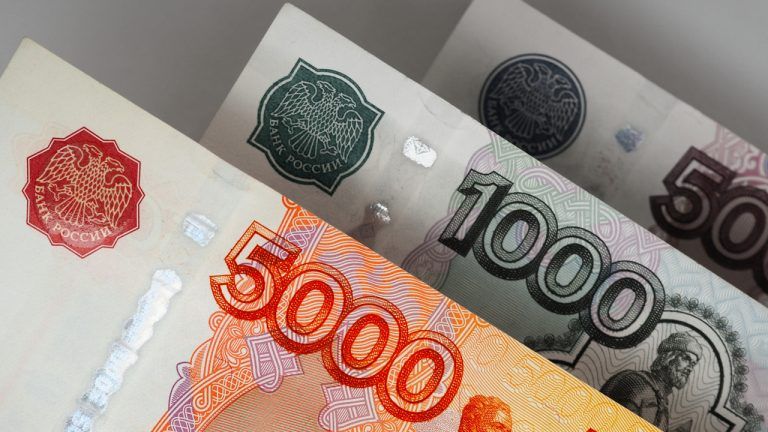
Mounting concerns about the state of the global economy and traders' risk-off sentiment continue to weigh on Bitcoin price.
Bitcoin (BTC) remains below $40,000 for the third consecutive day and the most likely source of the volatility is the worsening condition of traditional markets. For instance, the S&P 500 is down 5% since April 20 WTI crude price dropped 9.5% in seven days, erasing all of the gains accrued since March 1.
Meanwhile, China has been struggling to contain its worst outbreak of Covid-19 despite strict lockdowns in Shanghai and according to Timothy Moe, chief Asia-Pacific equity strategist at Goldman Sachs, "it's no surprise, and it makes all sorts of logical sense that the market should be concerned about the Covid situation because that clearly is impacting economic activity."
Investors were driven away from risky assets
As the global macroeconomic scenario deteriorated, investors took profits on riskier assets, causing the U.S. Dollar Index (DXY) to reach its highest level in 25 months at 101.8.
The cryptocurrency mining business also faced regulatory uncertainties after the United States House of Representatives member Jared Huffman and 22 other lawmakers requested the Environmental Protection Agency to assess whether crypto mining firms were potentially violating environmental statutes on April 21.
Despite Bitcoin's 4-day price 10% correction to $38,200 on April 25, most holders choose to stay hands-off, as confirmed by on-chain data from Glassnode. The proportion of the supply dormant for at least 12-months is now at all-time highs at 64%. Thus, it is worth exploring whether the recent price rejection impacted the mood of derivatives traders.
Derivatives markets show bearish Bitcoin traders
To understand whether the market has flipped bearish, traders must look at the Bitcoin futures' premium (basis). Unlike a perpetual contract, these fixed-calendar futures do not have a funding rate, so their price will differ vastly from regular spot exchanges.
A trader can gauge the market’s bullishness level by measuring the expense gap between futures and the regular spot market.

Futures should trade at a 5% to 12% annualized premium in healthy markets. Yet, as displayed above, Bitcoin's basis moved below such a threshold on April 6 and is currently at 2%. This means futures markets have been pricing in bearish momentum for the past couple of weeks.
To exclude externalities specific to the futures instrument, traders should also analyze the options markets. For example, the 25% delta skew compares similar call (buy) and put (sell) options.
This metric will turn positive when fear prevails because the protective put options premium is higher than similar risk call options. Meanwhile, the opposite holds when greed emerges, causing the 25% delta skew indicator to shift to the negative area.

If option investors feared a price crash, the skew indicator would move above 8%. On the other hand, generalized excitement reflects a negative 8% skew. The metric shifted bearish on April 7 and has since kept above the threshold level.
Related: Bitcoin sets up lowest weekly close since early March as 4th red candle looms
Traders will resist eventual price pumps
According to derivatives indicators, it is safe to say that Bitcoin pro traders became more uncomfortable as Bitcoin tested the $39,000 support.
Of course, none of the data can predict whether Bitcoin will continue to downtrend, but considering the current data, traders are overcharging for downside protection. Consequently, any surprise price recovery will be questioned.
The views and opinions expressed here are solely those of the author and do not necessarily reflect the views of Cointelegraph. Every investment and trading move involves risk. You should conduct your own research when making a decision.




























